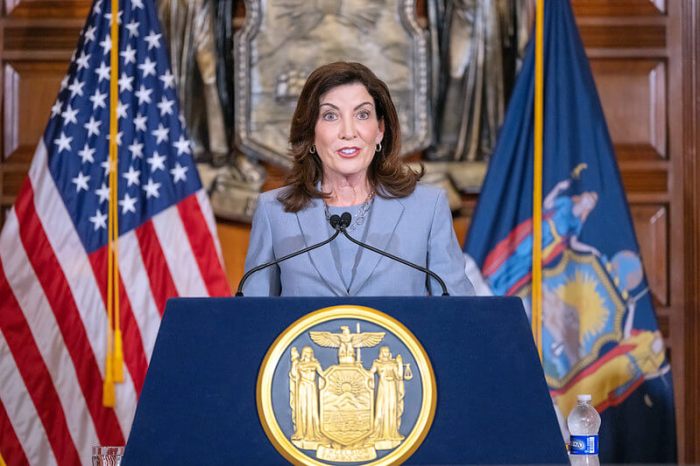A new study shows that five urban Black American women die daily from breast cancer due to lack of access to proper care and treatment. The study also reveals an urban Black, white racial death disparity for breast cancer.
Using a Center for Disease Control database and U.S. Census Bureau data, the 2012 Racial Disparity in Breast Cancer Mortality study examined breast cancer deaths by race and income in 24 of the largest American cities. The researcher then compared the data for non-hispanic Black and white women.
The results show that more than 1,700 urban Black women die of breast cancer every year because of cultural mores and economics that limit their access to health care. That’s a socioeconomic fatality rate of five black women dying needlessly from breast cancer everyday.
The study also shows that 21 of the 24 largest U.S. cities have a Black, white racial disparity in breast cancer mortality. In 13 of those cities the disparity level of cancer deaths is statistically significant.
The differences in cancer deaths were not due to a higher prevalence of genetic mutations known to increase breast cancer risk and mortality.
“Our research shows societal factors – not genetics – are largely to blame for the racial disparity in breast cancer mortality nationwide,” said Steve Whitman, Ph.D., director of Sinai Urban Health Institute and the study’s lead author.
The study, conducted by Sinai Urban Health Institute and funded by the Avon Foundation for Women, is the first national study to examine the racial disparities in breast cancer mortality at the city level in the United States.
The research also shows:
~13 cities have a statistically significant racial disparity in breast cancer deaths (greater than 1 disparity): The cities, by population, are New York City, Los Angeles, Chicago, Houston, Philadelphia, San Diego, Dallas, Jacksonville, Columbus, Memphis, Seattle, Boston and Denver.
~More than one Black woman per week dies needlessly in Chicago and New York because of the disparity
~Memphis has the greatest disparity among the 25 largest cities
~San Francisco has the least disparity of the 25 largest cities.
Only five of the 13 cities are in the southern half of the country. The population density of these cities rank from number one (New York) to beyond 50th. This suggest that population density is also not a significant factor in the study outcome.
The study was published in the journal Cancer Epidemeology.
Breast Cancer Online Tool: Test For Your Risk
The National Cancer Institute has developed an online Breast Cancer Risk Assessment Tool to help determine your risk of developing breast cancer. The tool asks seven simple questions. Based on how you answer, it then estimates your risk of developing breast cancer.
The tool cannot predict if you will develop breast cancer, only the statistical likelihood of that happening. Importantly, the tool cannot test, nor does it take into account any of the estimated 10 genetic mutations that are now known to increase your risk of developing breast cancer. You can ask your doctor about screening tests that can detect some of these gene mutations. The tool is at www.cancer.gov/bcrisktool/Default.aspx
If you use the tool, please read the results fully and carefully. Don’t overreact. You should talk to your doctor about the results. Consider asking the questions below.
Questions To Ask Your Doctor
1. Can a risk assessment tool help me to know more about my risk for cancer?
2. How should I use my results from the tool?
3. What if my risk is higher than normal? What can I do?
4. What if my risk is low? Can I stop thinking about my cancer risk?
5. Am I eligible for any clinical trials that can help us learn more about cancer?
Distributed by Healthy Living News
Source: NCI
Courtesy of Healthy Living News


























